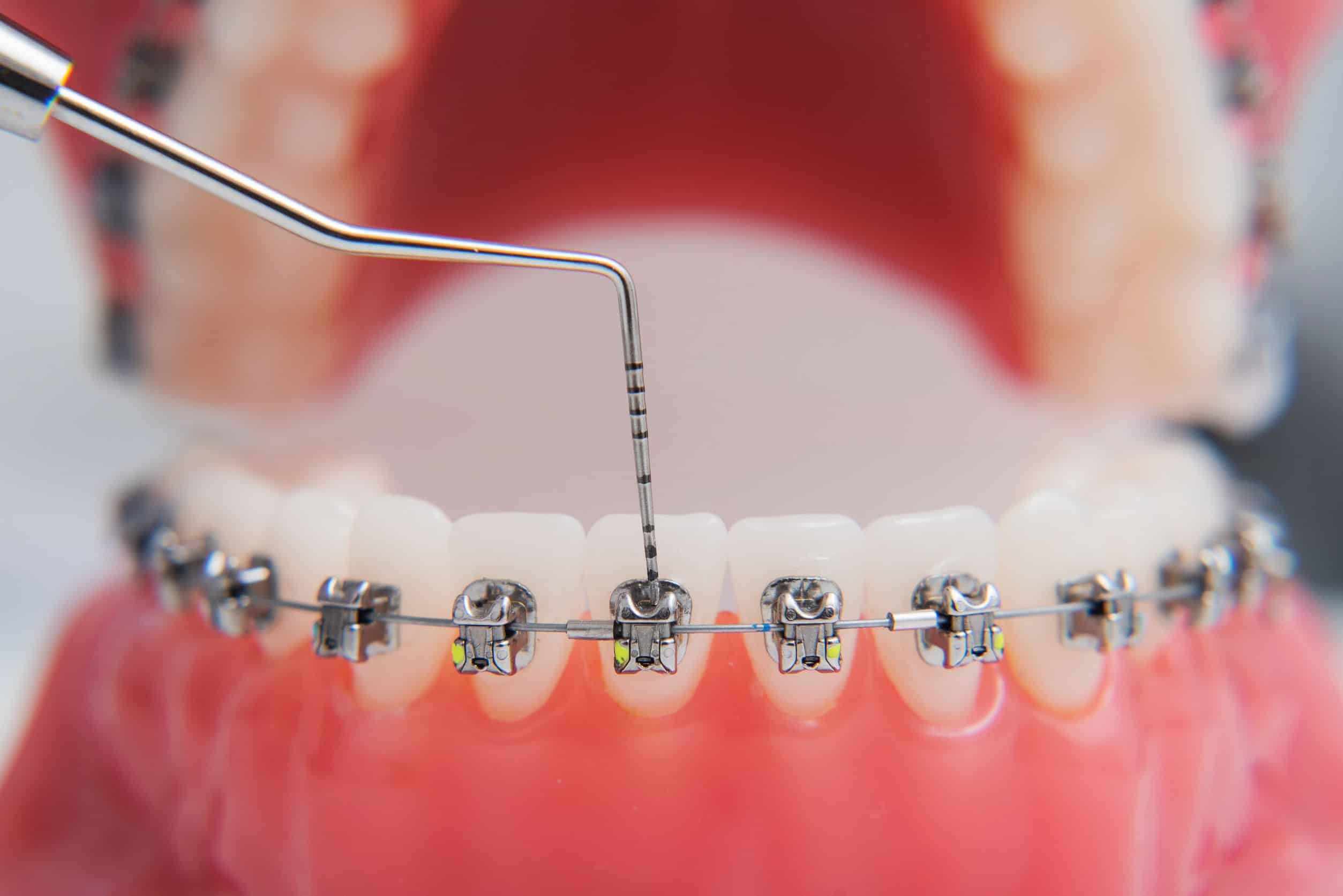The smart Trick of Legacy Orthodontics That Nobody is Talking About
The smart Trick of Legacy Orthodontics That Nobody is Talking About
Blog Article
Not known Details About Legacy Orthodontics
Table of ContentsSome Ideas on Legacy Orthodontics You Should KnowThe Facts About Legacy Orthodontics RevealedThe Single Strategy To Use For Legacy OrthodonticsThe smart Trick of Legacy Orthodontics That Nobody is DiscussingOur Legacy Orthodontics PDFs
In enhancement, we offer adjustable treatment timetables, flexible settlement alternatives and a fun, delightful experience.An orthodontist is a dentist educated to identify, protect against, and deal with teeth and jaw irregularities. Orthodontists function with individuals of all ages, from children to grownups.
Malocclusion, or misaligned teeth, can lead to dental concerns, including tooth decay, gum condition, and difficult or unpleasant chewing. Yet not everyone is born with straight teeth. If you have a poor bite or big spaces in between your teeth, you may intend to speak with a dentist focusing on orthodontic care.
Some Ideas on Legacy Orthodontics You Should Know
( Image Credit Score: DigitalVision/Getty Images) Orthodontists use taken care of and detachable oral gadgets, like braces, retainers, and bands, to alter the setting of teeth in your mouth. Orthodontic treatment is for oral irregularities, including: Uneven teethBite issues, like an overbite or an underbiteCrowded teeth or teeth that are also far apartJaw misalignmentThe goal of orthodontic therapy is to boost your bite.
A healthy bite ensures you can eat, eat, and speak correctly. While you may consider orthodontists as primarily for youngsters or teens that need braces, they can remedy dental troubles at any kind of age. Orthodontists participate in university, oral college, and orthodontic institution. After graduation, they spend 2 or 3 years in an orthodontic residency program.
All orthodontists are dental experts, yet not all dental practitioners are orthodontists. Orthodontic residency programs provide intensive, focused instruction for oral experts. They concentrate on 2 locations: Exactly how to effectively and securely move teeth Exactly how to properly guide advancement in the teeth, jaw, and faceOnce an orthodontist has completed training, they have the choice to become board certified.
Some Known Questions About Legacy Orthodontics.
Misalignment, or malocclusion, is one of the most typical reason people see an orthodontist. It is genetic and is the outcome of size distinctions between the upper and reduced jaw or between the jaw and teeth. Malocclusion leads to tooth congestion, a twisted jaw, or uneven bite patterns. Malocclusion is usually treated with: Your orthodontist connects steel, ceramic, or plastic square bonds to your teeth.
Some people need a headgear to help relocate teeth into line with pressure from outside the mouth. A retainer is a custom-made tool that maintains your teeth in area.
They can produce additional room in the mouth without having to draw teeth. Orthodontists use cables, surgical screws, or plates to support your jaw bone.
You might need to see an orthodontist if you have: Crowding or otherwise sufficient area for all of your teethOverbite, when your top teeth come over your base teethUnderbite, when your bottom teeth are also far forwardSpacing or issues with gapsCrossbite, which is when your top teeth fit behind your bottom teeth when your mouth is closedOpen bite or an upright space between your front bottom and upper teethMisplaced midline, when the center of your bottom and upper teeth do not align Dealing with a dental malocclusion can: Make biting, eating, and speaking easierImprove the symmetry of our face and your overall appearanceEase pain from temporomandibular joint disordersSeparate your teeth and make them much easier to cleanse, helping protect against tooth decay or tooth cavities It's usually a dental practitioner who first notifications misaligned teeth during a regular exam.
See This Report about Legacy Orthodontics

During your first orthodontic examination, you'll likely have: An oral examPhotos taken of your face and smileDental X-raysPanoramic (360 level) X-rays of your face and headImpressions to create mold and mildews of your teethThese tests click for info will certainly help your orthodontist know how to wage your therapy. leesburg braces. An orthodontist is a dentist that's had training to treat your teeth and jaw
An orthodontist is focused on your bite, so something like a broken tooth would be taken care of by a dental professional. Orthodontists are concentrated on your bite, or the method your teeth fit with each other, and the straightness of your teeth.
Ever asked yourself just how stars constantly appear to have completely straightened teeth? The answer frequently depends on the skilled hands of an orthodontist. But exactly what does an orthodontist do? Orthodontists are oral specialists who concentrate on fixing abnormalities in the teeth and jaws. Their competence exceeds simply creating a beautiful smile; it prolongs to boosting your general dental wellness and function.
Legacy Orthodontics - Truths

While dental braces are one of the most frequently recognized orthodontic therapy, orthodontists have a diverse toolkit at their disposal. The details technique selected relies on the seriousness of the case, the person's age, and specific preferences. These reliable braces make use of a system of brackets bound to the teeth and attached by cords.
Clear aligners, like Invisalign, are a preferred option for patients seeking a more very discreet therapy alternative. These detachable trays are personalized to considerably shift the teeth's setting. Headgear may be utilized in conjunction with braces or aligners to apply added targeted forces, especially for dealing with jaw discrepancies. In cases of narrow jaws, palatal expanders can be used to produce area for proper tooth positioning.
Report this page